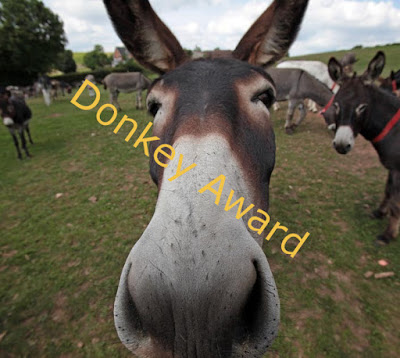Last month Ian Allan passed away, one day
short of his 93rd birthday. Who? Well, in his way, Allan was one of
the most famous and influential men of his generation.
 |
| Ian Allan (left), in his early 20s - checking facts |
You see, he more or less invented
trainspotting in the UK. Well, he didn’t really invent it, but the books and
enthusiasts’ guides he published (and which the company he founded continues to publish) organised it and codified it, and have been the backbone of the Nerd World since 1942.
Allan was born in 1922 in Horsham, Surrey,
and educated at St Paul’s School. An accident at an Officers’ Training Corps
camp when he was 15 resulted in the amputation of one of his legs, and he was
not greatly gifted scholastically, so by 1942 he was employed in a clerical
department at the Southern Railway, a humble role which, as it happened, suited
him perfectly. He was fanatically enthusiastic about all things to do with
trains and locomotives, and, since his employers refused to have anything to do
with the project, he published at his own expense a booklet describing all the
rolling stock of SR, and was rather shaken when all the copies sold out very
quickly, necessitating a further printing. He went on to produce successful booklets
for the other British railway companies, and the first edition of his volume on
London Transport systems sold out all 20,000 copies within 4 days of going on
sale. After that, things really took off.
In post-war, rationed, miserable, penniless Britain, Allan had
provided the basic tools for an inexpensive hobby which became a near-religion,
claiming the attention of vast numbers of boys (of all ages). In 1949 he and
his wife founded the Ian Allan Locospotters’ Club, which eventually had some
230,000 members. His little booklets covered a remarkable number of titles,
originally on railway topics, but later on trams, buses, aviation, all forms
of road transport, shipping, military subjects, model-making – you name it.
About half the kids in my class at grammar school were trainspotters – at
weekends, on railway station platforms all over the country, there would be little
groups of enthusiasts, each with a knapsack containing a flask of tea and a
number of Allan's precious ABC books, so that “spotted” locomotives could be marked
off in the lists.
 |
| Trainspotters at Newcastle, 1950 |
 |
| Just as well his mother never knew... |
My cousin Dave had an astonishing number of
the bus books – and I do mean astonishing. He was an easy kid to buy presents
for. Not only was it necessary to have the booklet for every known vehicle
fleet, but constant change in those fleets would require new editions every
couple of years, and, naturally, they would be snapped up as soon as available.
Though the individual books were only a couple of shillings each (in my day),
they would form a major investment for the true disciple. Dave and I spent many
hours at the Ribble bus sheds, in Liverpool and Preston, scribbling numbers
into notebooks. I guess my unsophisticated tastes were honed at an early age…
 |
| Allan was always an enthusiast |
Ian Allan Publications are still going
strong – their output is glossier and more ambitious now, but they still
seem to hold the same important place in the hearts and minds of transport fans, and their reputation for accuracy and quality still holds.
Allan also produced market-leading monthly magazines on railways, buses and model railways,
which I believe are still going strong, and at various times he bought the
Hastings Miniature Railway and the Great Cockrow Railway (near Chertsea). He was
honoured with an OBE in 1996.
If you wish to see how influential ABC
books were, just have a look on eBay – any day, any week, almost any subject.
My old school chum Andy “Cocky” Roche once announced that he had seen a girl
trainspotter at Carlisle station, but this was greeted with total (and somehow
reassuring) disbelief. Anyway, if he had seen one, she would most
certainly have had one or more of the ABC books with her; thanks very much,
Mr Allan.


















